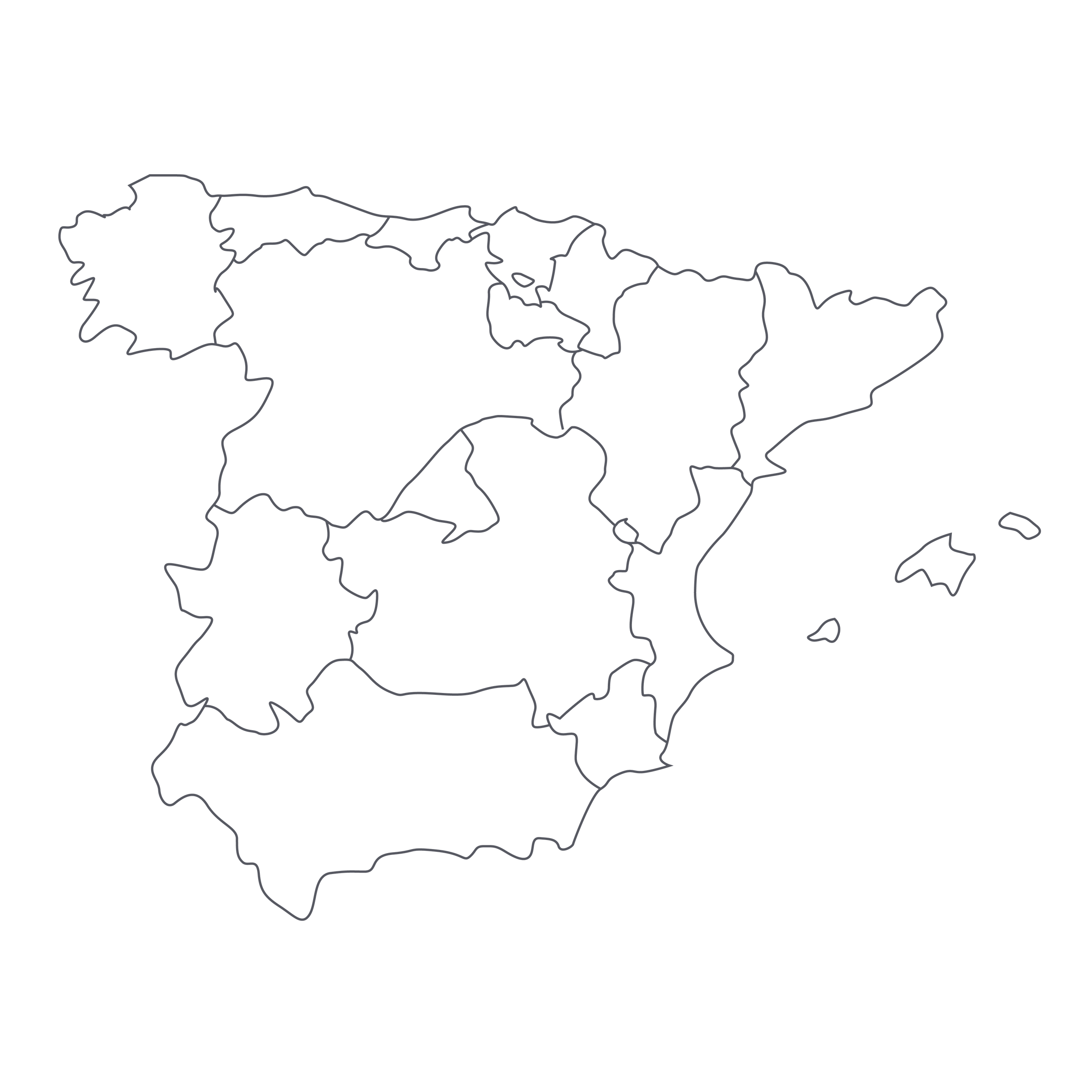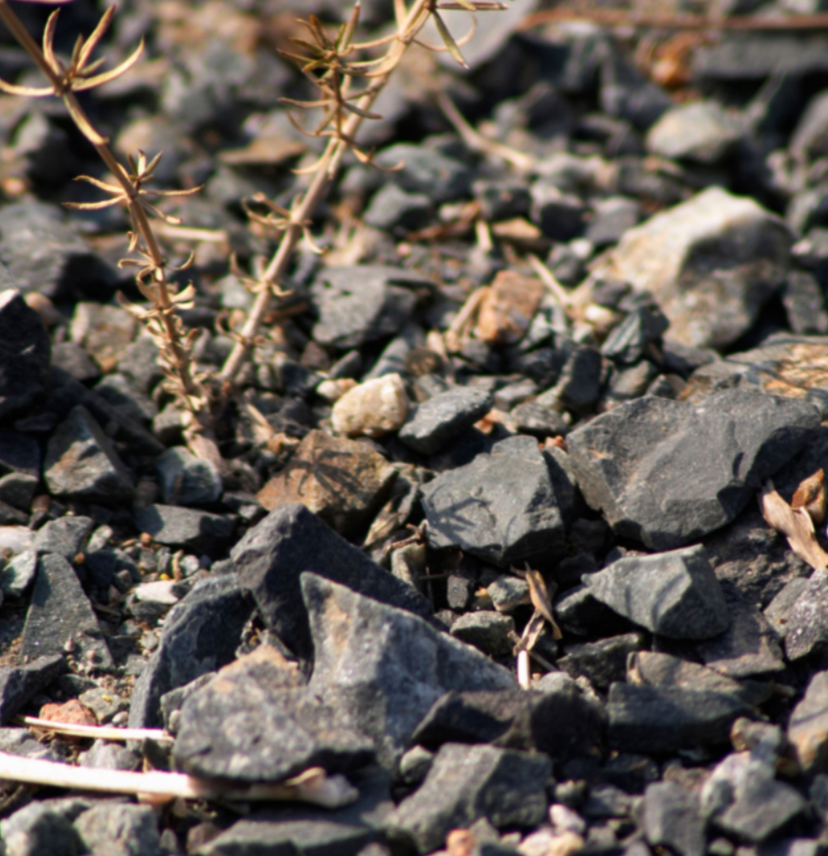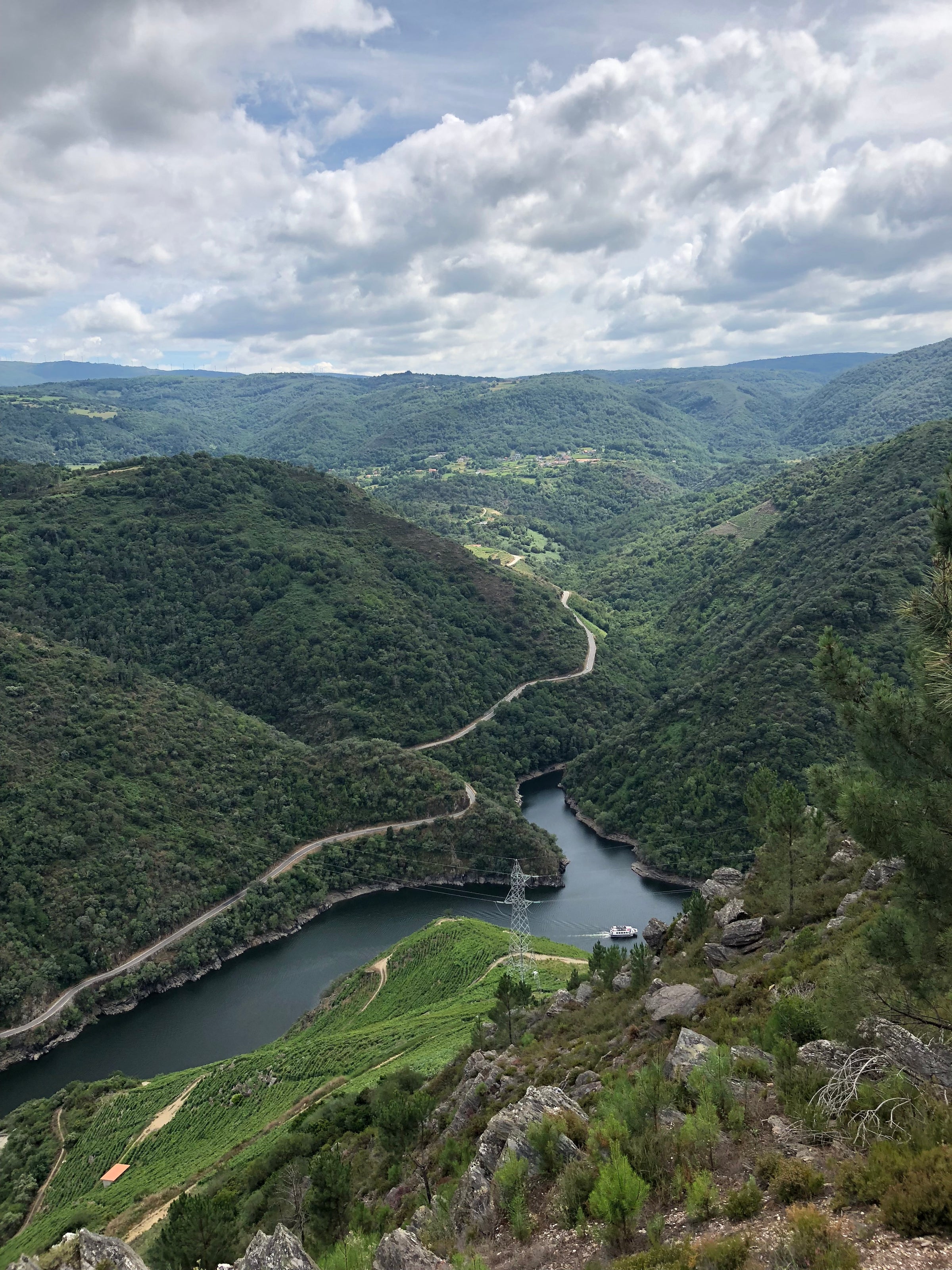With one sip of this tiny-production red, it was clear I had encountered a soon-to-be superstar. Such explosive and three-dimensional aromatics/texture are never a fluke. Wine this good can only be the work of a truly gifted master. One minute this bottle masquerades as top-tier Barolo, then it moves towards the palpable energy found in great Paolo Bea Sagrantino, then it morphs into a fire-breathing cousin to Domaine Tempier Bandol Rouge.
It’s a brilliant wine made from extremely old vines. So, forget this bottle’s hand-drawn label and obscure appellation (I also pre-judged the wine before tasting it). Forget any reservations you have about non-Rioja Spanish reds. If you ask me who is the next underground wine talent to catch fire across the wine world, I say: Oriol Artigas! Point blank, this is one of the most spellbinding and memorable wines I’ve had in 2017 and I implore you try it.
Forgive me for generalizing, but I essentially have two types of sommelier friends. The first group wear suits and perfectly shined shoes while serving an elite clientele in Michelin-starred restaurants. This is the “Ivy League” of the sommelier world, and these diligent over-achievers are building a long, stable, lucrative career working with the world’s greatest wines. My other group of friends is more like the movie “Animal House.” They wear t-shirts and scuffed Converse to work. They could care less about the professional world, let alone a mortgage or retirement plan. These maniacs live by the seat of their pants and are head-over-heels in love with one thing: wine. They devote every last penny to opening mysterious new bottles and spend holidays carpooling across Europe to visit new, young producers and underground wine bars. They truly have their finger on the pulse of handmade European wine—and just like a top venture capital firm or NBA scout, they are discovering the superstars everyone will be talking about in 10 years. If I want to be exposed to truly cutting-edge wine, these are the people I call. So, you may have never heard of Oriol Artigas (and admittedly, I hadn’t either until six months ago), but my “Animal House” friends are going insane about these wines. There are only 30 cases in the US but this is your chance for a sneak preview before the word gets out.
Oriol Artigas produces wine in Alella, a small region named after a 9,000-person village on the coast north of Barcelona. Oriol is neither the wealthy scion of a noble family nor a penniless farmer. He is a sharp, educated, middle-class guy. Oriol spent his years at university pursuing a chemistry degree and was well on his way to a life of lab coats and test tubes when he was asked by some friends to help out with a local vineyard harvest. The experience was an epiphany for Oriol and, from that moment on, he was dedicated to wine. Oriol spent his following years teaching enology at the local university in Winter and Spring, while working in vineyards and cellars with friends the rest of the year. Over time, he amassed an impressive résumé of experience in some of the top cellars in Northeast Spain, but he didn’t realize his ultimate dream until 2011. That was the year Oriol began producing wine under his own name from ancient vines in his home village appellation of Alella.
Alella's reputation for producing outstanding wine dates back to the Romans. Still, as Barcelona’s thriving and ever-growing economy and population continue to gobble up oceanside real estate, coastal vineyards in Alella are disappearing quickly. Today, the once-mighty winegrowing region has been reduced to a mere 220 hectares of vineyards. Oriol has made it his mission to locate and rehabilitate the best vineyards that remain. He works with 7.5 hectares—even as a tiny “garagiste” producer, this makes him one of the largest estate winemakers in the region! The majority of Oriol’s vineyards are located in his home village of Vilassar de Dalt. These are centuries-old vineyards and Oriol farms them much in the way they were in antiquity. No chemicals are used, lush vegetation overflows between the vine rows, Oriol prunes very little, and almost all vineyard decisions are made in accordance with the lunar calendar. If you want old-school vineyard philosophy, this is it! In the cellar, Oriol takes an equally purist approach. Must is fermented in tank with no punchdowns, wines are aged in old oak barrels and there is no filtering or fining. Quite often, Oriol doesn’t even add sulfur! The result is some of the most explosively fresh and electric red wine I’ve ever tasted.
The 2015 Oriol Artigas Peça d’en Blanch Negre is a blend of Garnacha and the indigenous local variety Pansa Blanca. Due to Artigas’ proudly judicious approach in the cellar, this wine is dark, rich purple, and magenta from the center to the rim. The glass overflows with vivid, three-dimensional huckleberry, blueberry, and exotic floral aromas. Still, right as one becomes accustomed to the dark fruit nose, it changes on a dime. This wine is a chameleon. One moment it’s a bowl of fresh picked berries, then a few minutes later it has evolved into a deeply mysterious, mineral, and meaty red. I tasted my first bottle blind and while I was mesmerized, I could not put my finger on it’s region of origin. Again, one moment I thought it was like great Barolo, the next like the top wines from both Paolo Bea and Domaine Tempier—and it just kept evolving and shape-shifting throughout the night. So, fasten your seatbelt. This is a truly exciting wine to drink. It is simply brilliant in its youth, but I anticipate its finest years are still a few years out, so drink a bottle now and lose the rest in your cellar. I recommend not decanting this bottle so you can bear witness to every moment of the thrill ride this bottle has to offer. Serve at 60 degrees in large Burgundy stems, and really take care not to let this bottle’s temperature creep up. It sings with just the perfect amount of cellar chill. This bottle can handle any robust flavors you throw at it, so be aggressive. I recommend the Catalán classic, Chicken Picada. This soulfully rustic dish is an ideal table companion for this remarkable wine. Cheers!





